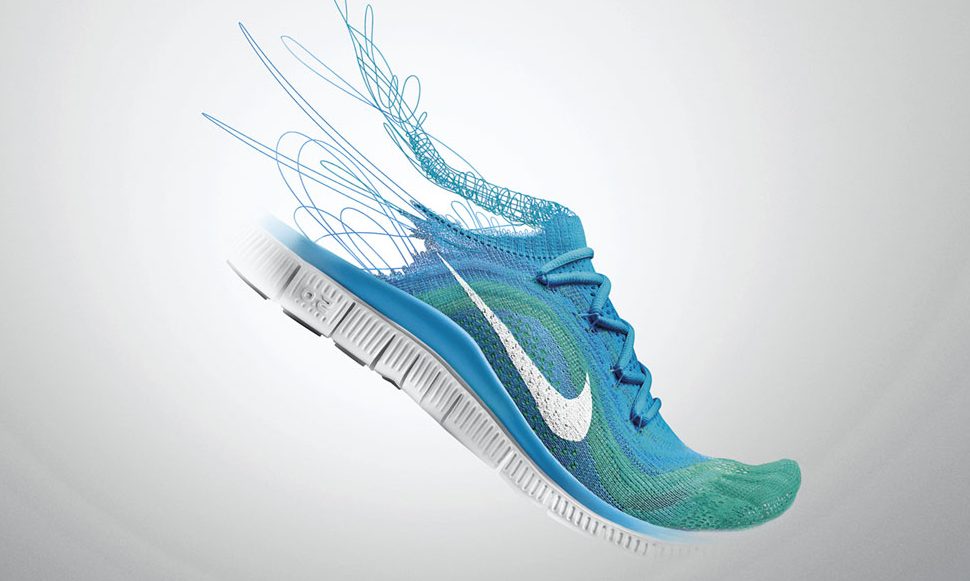


It is a new alternative for footwear production, which allows to simplify processes, reduce time and costs, and customize products. Its origins date back to the beginning of 2010 when the two largest brands of sports shoes - NIKE and ADIDAS - initiated research and tests to develop products with higher performance for sports. Both agreed that the incorporation of woven uppers would be the best option from a technological, industrialization, functionality and design point of view.
Thus, the american brand, took the lead with the launch of its first models with the FLYKNIT original technology of woven uppers, which would be followed by a similar of ADIDAS, called PRIMEKNIT. This caused a great judicial dispute between them for the property of invention, with accusations of infringement of patents and industrial espionage. Finally, the litigation proved useless and the use of the system in practice was released, because it was established as a generic that is not subject to patent.
The manufacture of 3D and 4D woven uppers is basically done by weaving machines, with numerical control and automation systems, which, with the help of computing, allow programming the different parts to be manufactured. Through the multiple programs available, all the technical and design characteristics required in the fabrics are introduced, so that it can be selected, density by areas, types of stitches, thread tension, etc. The most used fibers for knitting are polyester, nylon or lycra. In the new equipment fibers can be mixed and it is possible to work with up to 10 colors at a time. Depending on the programming and the selected fibers, the uppers may have different thicknesses, elasticity and resistance to stretching.
Design possibilities are almost endless, depending on the fibers chosen, the color options, stitches densities, openings and configurations. It is a very effective alternative for the custom footwear manufacture, at a time where the current market demands differentiated products.
According to experts, the new stitching technology to produce woven uppers could transform much of the process of manufacturing traditional footwear. The widespread use of the weaving technique could drive greater simplification and efficiency in productions, with a significant reduction in time and costs. In addition, given the lower requirement of materials and components, in terms of diversity, it would favor the productive concentration in a single establishment.
Despite the fact that the new footwear manufacturing system, with woven uppers, is being used mostly in sports products of the main international brands, there is a growing tendency for its application in other footwear lines, such as casual shoes, moccasins, slip-on and different models of sport and leisure time lines.








